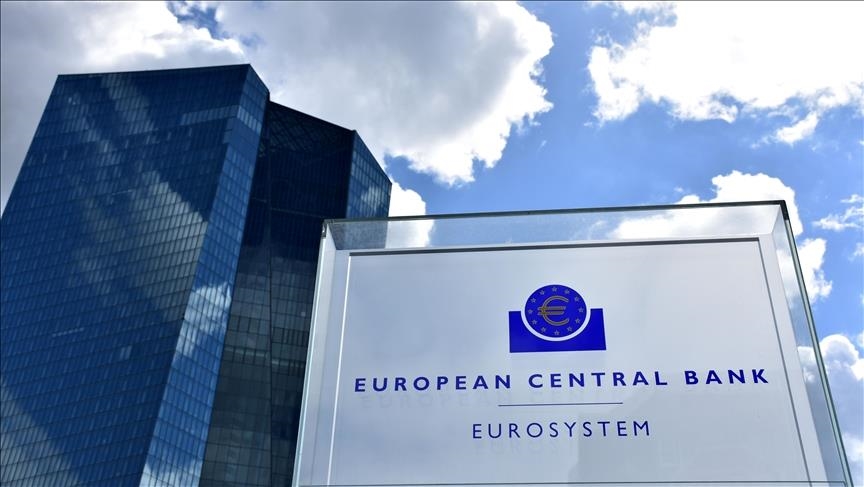ANKARA
The European Bank for Reconstruction and Development (EBRD) on Thursday revised its 2025 growth forecast for its regions downward by 0.3 percentage points, citing weaker external demand, geopolitical challenges, and weak reform momentum.
The bank expects an average growth rate of 3.2% for this year compared to 3.5% in its previous report, with projections for central Europe, the Baltic states, and the southern and eastern Mediterranean all lowered.
Conflicts and slow reform progress in the southern and eastern Mediterranean have further dampened economic prospects, it stressed.
However, regional growth is expected to recover to 3.4% in 2026, provided external conditions improve.
Rising uncertainty over potential increases in US import tariffs and reciprocal trade measures has further clouded the outlook. The bank warned that higher tariffs could harm trade, investment, and production across its regions.
In a scenario where the US imposes a universal 10 percentage point tariff hike, GDP in EBRD regions could decline by 0.1-0.2% in the short term, the bank said.
Countries with significant trade exposure to the US, such as Jordan, Hungary, Lithuania, and the Slovak Republic, would be the most affected. These impacts could be exacerbated by weaker growth in key global partners like Germany and China, although some losses may be offset by a stronger US dollar.
Selective tariffs could offer mixed outcomes, with some economies potentially benefiting from trade diversion and increased foreign direct investment due to preferential access to the US market.
Growth projections vary across the EBRD regions.
Central Europe and the Baltic states are forecast to grow by 2.7% in 2025 and 2.8% in 2026, supported by resilient labor markets despite weak manufacturing and exports. In the southeastern EU, growth is expected to reach 2.1% in 2025 and 2.4% in 2026, though the recovery remains constrained by modest fiscal stimulus and sluggish demand.
The Western Balkans are projected to maintain stable growth of 3.6% in both 2025 and 2026, while Central Asia is forecast to grow 5.7% in 2025 before moderating to 5.2% in 2026, with limited contributions from intermediated trade.
In eastern Europe and the Caucasus, growth is expected to slow to 3.6% in 2025 but recover to 4.3% in 2026, with Ukraine’s prospects remaining subdued due to the ongoing destruction of infrastructure caused by Russia’s war.
Türkiye’s economy is forecast to grow by 3% this year and 3.5% next year, as tighter monetary policy stabilizes inflation and supports wage growth.
The southern and eastern Mediterranean region is expected to see growth of 3.7% in 2025 and 4.1% in 2026, although progress remains hampered by conflicts and weak reform momentum.

